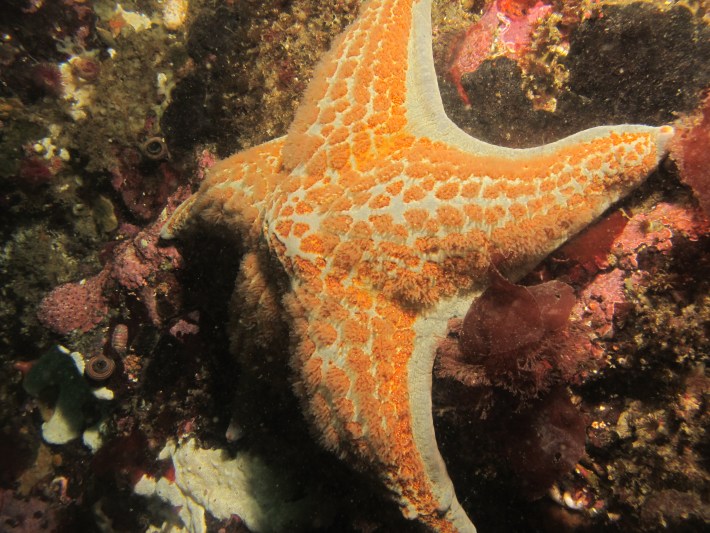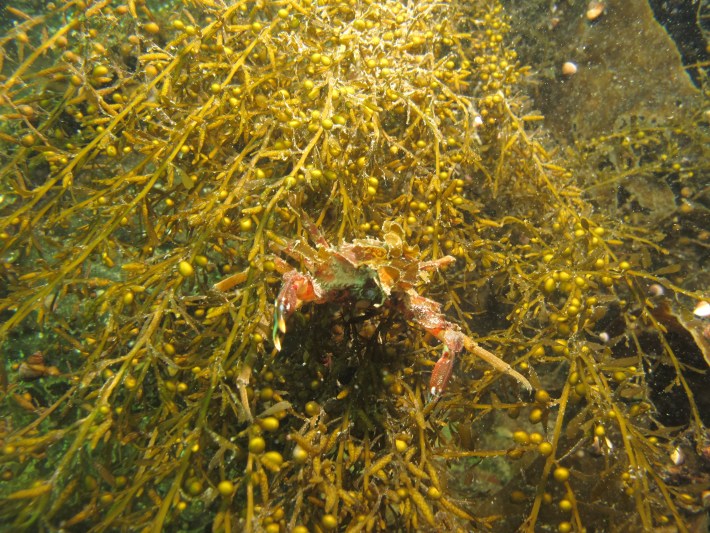You may have heard the story about how SeaDoc worked with the Washington Department of Fish and Wildlife to write a scientific status review for Tufted Puffins. This ultimately helped to list the iconic seabird as Endangered in Washington State. What you might not know is that the partnership between SeaDoc and the Washington Department of Fish and Wildlife was a major paradigm-shift in the world of threatened and endangered species legislation. So much so that we knew we had to share it with other scientists, managers and conservation groups around the world.
While many outside groups petition government agencies to list animals, it is unusual that a group would actually assist in the scientific review process to determine if listing is warranted.
The scientists involved in the project—Thor Hanson, Gary Wiles, and Joe Gaydos—described their collaboration in the peer-reviewed journal, Biodiversity Conservation.
The goal? To help people around the world embrace a new way to move endangered species protection forward.
Funding is a huge roadblock to endangered species conservation. At the federal level in the United States, listed species receive only about 20% of the funds that would be needed to support full recovery.
And that's just for the implementation work. The scientific studies that lead to a decision on whether listing is warranted also are underfunded. Just like the feds, the 46 states like Washington that have endangered species programs also have funding problems.
In Washington between 1990 and 2014 there were 27 scientific status reports prepared. That's about one a year. But new species keep getting added to the list of candidates. So in 2014 there were still 112 species waiting to be evaluated. And of course some populations continue to decline while they wait for action.
SeaDoc's partnership with the Washington Department of Fish and Wildlife approached this problem from a unique angle. Because the funding problem for WDFW really came down to a lack of staff time, SeaDoc used privately-raised funds (your donations) to temporarily hire a scientist (Thor Hanson) to write the scientific status review for puffins.
And described in the paper, a key element of this collaboration was the commitment by all parties to keep advocacy out of the process. SeaDoc undertook the status review with the understanding that the science would speak for itself and there was no guarantee that the puffin would or would not be listed.
This model can be used around the world where limited resources are dramatically delaying listing decisions. By partnering with non-governmental organizations that are willing to support science-based investigations, governments can make progress on evaluating species at risk.
This model also shows that a small number of private citizens can make financial investments that shave years off of the listing process and ultimately speeding up the recovery process.
Banner photo courtesy of Brian Guzzetti/Alaska Stock.






























